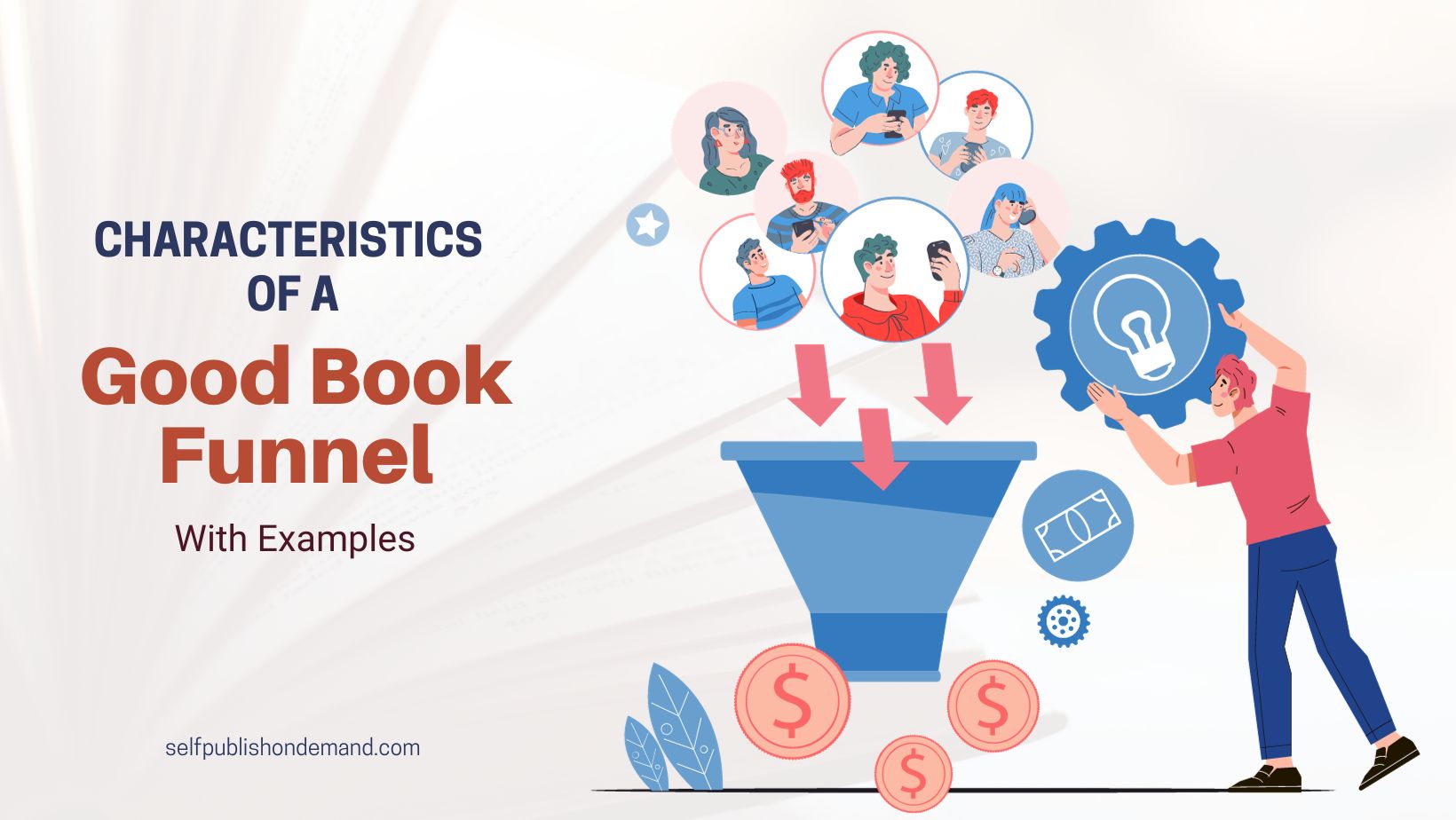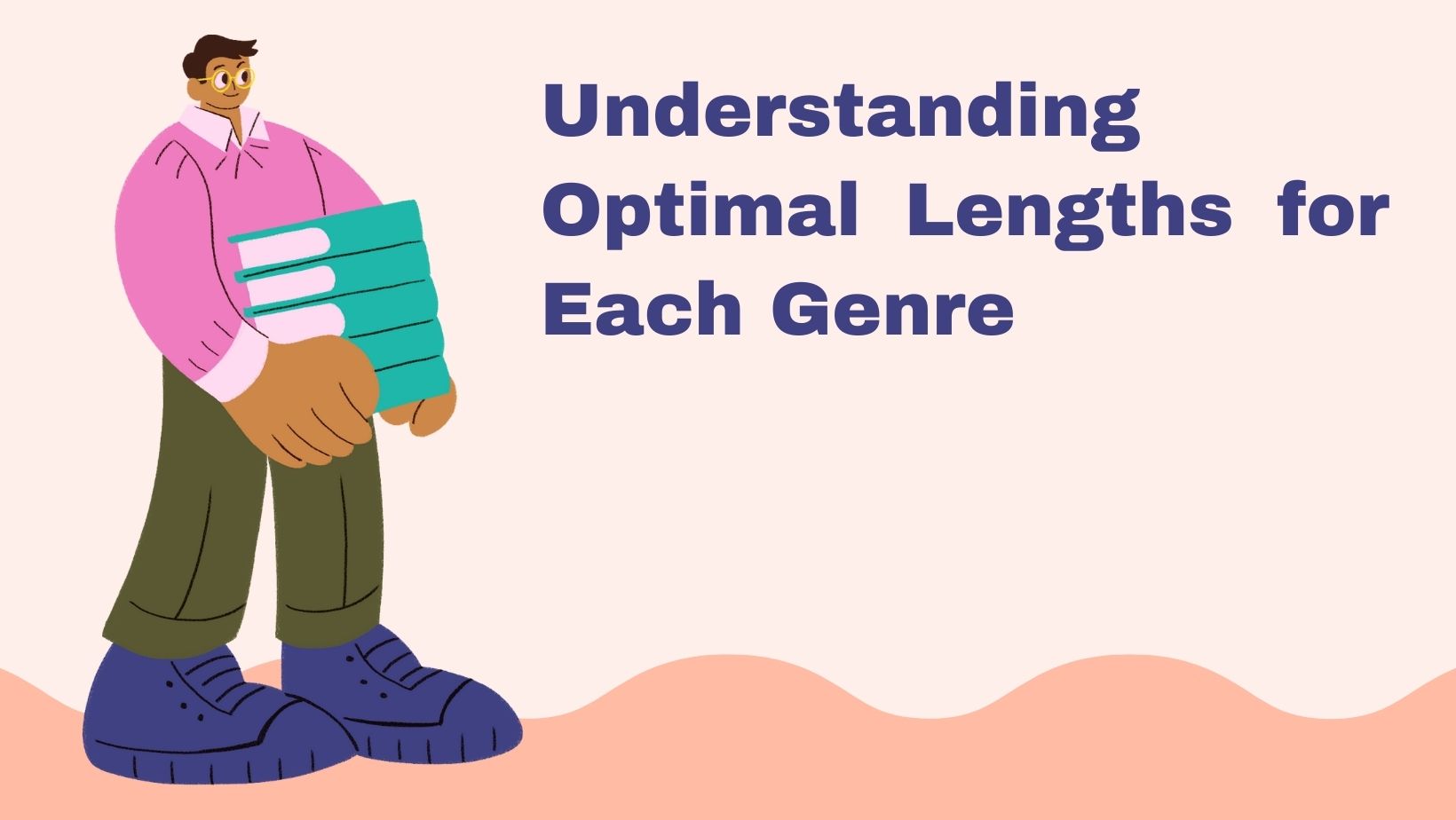Have you ever come across a book that caught your interest, but you decided not to buy it because it seemed too expensive? On the other hand, how seriously do you take a book that is offered to you for free?
Choosing the appropriate price for your self-published book is crucial because it directly impacts sales, Amazon rankings, branding, and various other factors.
However, many novice self-publishers struggle with determining the right price for their books. That’s why we have collaborated with Matt Holmes, a book marketing strategist and the creator of The Saturday Self-Published Author, a weekly newsletter that provides actionable marketing tips, strategies, and tactics to reach more readers and sell more books.
Together, we will guide you through the various options available when Pricing A Self-Published Book.
Continue reading to discover how to select the optimal price for your book!
Table of Contents
Importance of Choosing the Right Pricing A Self-Published Book
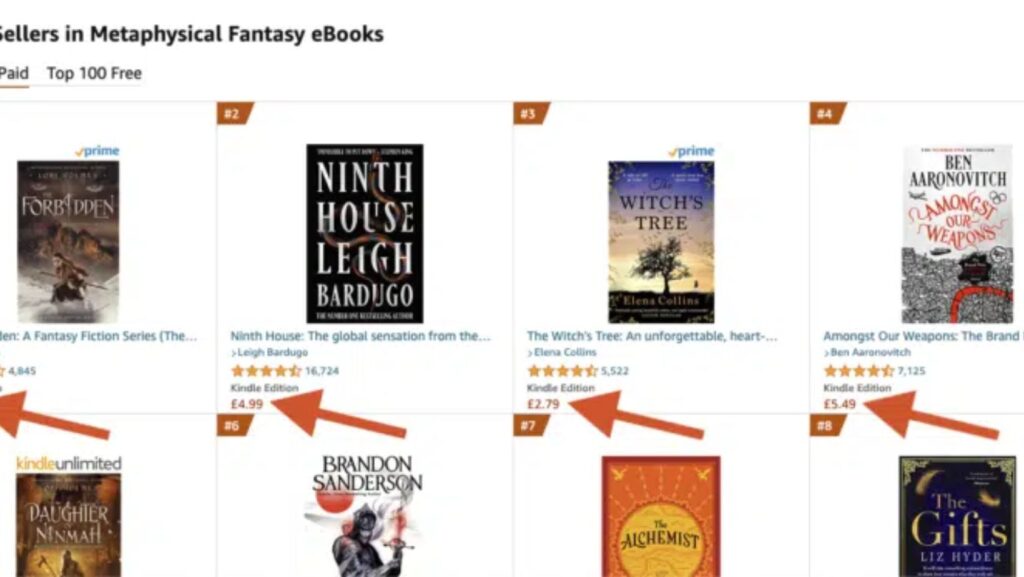
In simple terms, the price of a book has a direct impact on its sales.
Additionally, the number of self-published books sold can influence rankings on platforms like Amazon. A higher ranking on Amazon increases the chances of potential readers visiting your book’s listing and discovering it. The more exposure your book receives, the more copies it is likely to sell.
Selecting the appropriate price for your book is also crucial from a branding perspective. Underpricing your book can give the impression of it being of lesser value.
Imagine being offered a Ferrari for $5,000; you would likely question its authenticity or quality. While underpriced books may sell more easily than overpriced ones, it’s important to consider the type of readers you attract with lower prices. Readers who primarily purchase cheap books may not be as committed or dedicated.
After all, what’s the point of making a sale if the buyer doesn’t actually read your book?
On the other hand, passionate readers are willing to invest a little more for a good book.
Therefore, when it comes to book marketing and branding, determining the right price is a delicate balance between generating sales and attracting the right audience.
The price of your book also impacts its profitability through royalty rates. For Kindle books priced between $0.99 and $2.98, the royalty rate is 35%. For books priced between $2.99 and $9.99, the royalty rate increases to 70%.
However, for books priced at $10 or higher, the royalty rate reverts to 35%. As you can see, the price of your self-published book not only influences sales and branding but also affects its profitability.
This highlights the significance of choosing the appropriate price for your book.
Guide to Choosing the Right Pricing A Self-Published Book
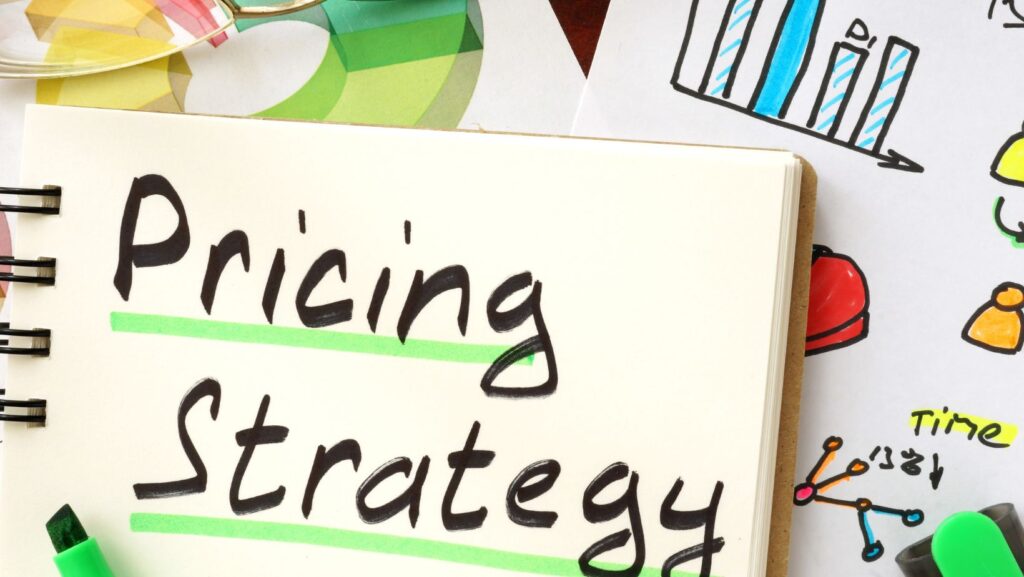
Here are the factors self-publishers should consider when determining the price of their book:
- Competitor’s Prices: Begin by examining the prices of other books in your genre. Analysing the prices of similar books can provide valuable insights into selecting the right price for your own.
- Book Length: Consider the length of your book. Longer books typically justify a higher price, while shorter works may be more suitable for a lower price point.
- Buying Psychology: Understand the buying psychology of your target audience. What price range are they comfortable with? What are their expectations in terms of value for money?
- Total Publishing Costs: Factor in the overall expenses associated with publishing your book, such as editing, cover design, and marketing. Ensure that the price you set covers these costs and allows for a reasonable profit margin.
- Publishing Intent: Consider your publishing goals. Are you aiming to establish yourself as an authority in your field, or is your primary objective to maximise sales? Align your pricing strategy with your publishing intent.
- Formatting: Ensure that your book is properly formatted and meets industry standards. A professionally presented book can justify a higher price.
Let’s delve into each aspect:
Competitor’s Prices
A practical approach to determining the appropriate price for your book is to examine the Pricing A Self-Published Book in your genre.
For instance, if most children’s books in your genre are priced at $5.99, it wouldn’t make sense to charge $9.99 for your book. Familiarise yourself with the traditional price range within your genre.
You can explore competitors book prices using platforms like Publisher Rocket or Amazon, which allow you to search for books based on genre, author, and other categories. ‘
Consider factors such as book length, author popularity, and format when analysing competitor prices. A 500-word children’s book shouldn’t be priced the same as a 3,000-word children’s book, and new authors may not command the same Pricing A Self-Published Book as well-established authors.
It’s essential to explore various categories and sub-categories to determine the right price for your self-published book.
Buying Psychology
Buying psychology is the study of purchasing behaviour, and it’s interesting to note that many books are sold at prices ending in 99 (e.g., $0.99, $2.99, $4.99).
Research suggests that buyers are more inclined to purchase items ending in 99, as they perceive them as lower-priced, even if the difference is minimal.
When Pricing A Self-Published Book, consider choosing a price that ends with 99 to take advantage of this psychological effect.
Total Publishing Costs
Another crucial factor to consider is the total cost of publishing your book, including editing, book cover design, proofreading, and other expenses.
You don’t want the publishing costs to outweigh the profitability of your book. It’s important to carefully evaluate the price and profitability of your book in relation to the associated publishing costs to ensure you don’t incur losses.
Publishing Intent
Your publishing intent plays a significant role in determining the price of your book. Consider the purpose behind publishing your book.
Are you primarily focused on generating profit and making a living from your writing?
Or is your main goal the satisfaction of publishing a book and reaching readers worldwide? These different scenarios may warrant distinct pricing models.
For instance, the price of a science fiction novel may differ significantly from that of a family cookbook, especially if the cookbook is available in physical formats such as paperback or hardback.
Format
The pricing of self-published eBooks differs from that of paperbacks.
Amazon offers authors the option to sell their books in various formats, including Kindle eBooks, paperbacks, and hardbacks.
This allows for additional revenue streams and caters to readers who prefer physical books.
Amazon provides tools to compare prices and royalty rates across different formats, making it easier to determine the appropriate Pricing A Self-Published Book.
Differences in Global Pricing A Self-Published Book
Considering the currencies of different countries is essential when Pricing A Self-Published Book.
While many authors choose the United States as their primary marketplace, it’s important to think about your target audience and your identity as an author to select the most suitable marketplace.
Currency exchange rates can impact your book’s pricing and profitability when it is available globally.
For example, if you set your main marketplace as the United States and price your book at $3.99, Amazon and Kindle Direct Publishing will automatically convert the price to the equivalent of another currency.
By taking into account these various factors, you can strategically determine the ideal price for your self-published book that aligns with your goals, attracts readers, and ensures profitability.
Ensure you carefully review the policies of the retailer where your book is listed to ensure you’re maximising your earnings from each sale, regardless of whether it’s on a global scale or not.
Promotional Pricing
Offering promotional prices is an effective way to boost the sales of your book.
Here’s how it works with Amazon’s KDP Select programme, an optional enrollment that requires exclusivity from Amazon in exchange for enticing perks.
Kindle Countdown Deal
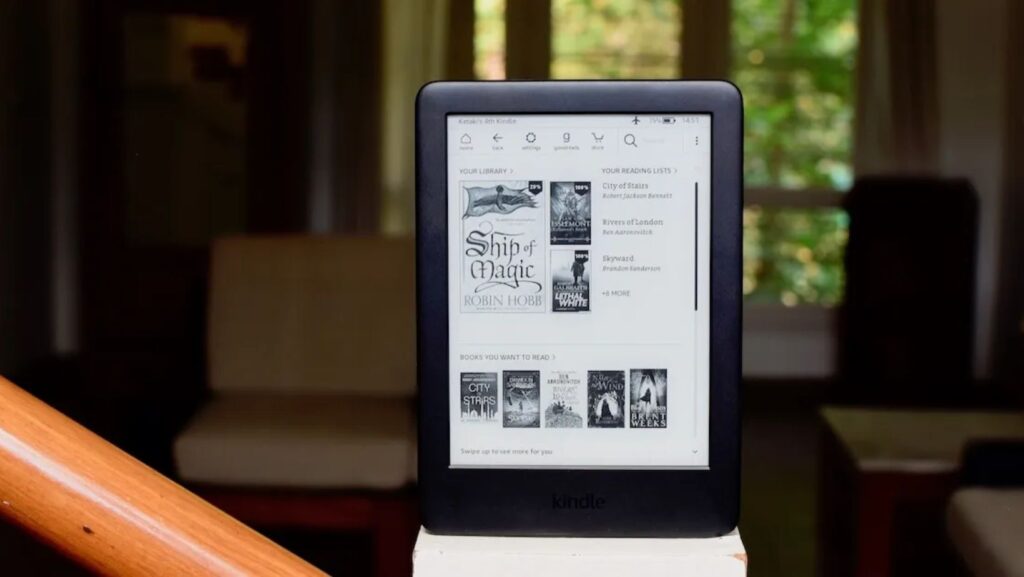
By enrolling in KDP Select and making your book exclusive to Amazon, you gain access to Kindle Countdown Deals.
These deals come with a countdown timer displayed on your book’s product page, creating a sense of scarcity and encouraging readers to take action.
Through KDP, you can reduce the price of your book to $0.00 for up to five days or offer paid promotions for seven days (though it’s not recommended to go lower than $0.99). You can run this deal every 90 days.
Additionally, if you’re exclusive to Amazon, your book may be selected for the Kindle Monthly or Daily Deal promotions. During these promotions, Amazon temporarily lowers the price of your book, but you still receive your original royalty rate.
These Kindle deals provide additional promotion and attract readers to purchase your book at the promotional price, benefiting both you and the readers. Moreover, promotional pricing can positively impact your Amazon ranking. Increased sales during the promotion can boost your listing’s visibility and lead to subsequent full-price sales even after the promotion ends.
Pricing A Self-Published Book Tips for Series
When writing a series of books, remember that the first book serves as an introduction to your audience. It should be priced lower than the subsequent books to entice readers to give it a try.
By building readers’ trust and engagement with your series, you can gradually increase the price of subsequent books. Consider the perspective of the reader, who is more likely to invest in books by authors they already know and enjoy.
Furthermore, readers invest their time, not just money, into books, so starting with an affordable price for the first book of a series is beneficial. However, it’s important to strike a balance and ensure that the projected sales of later books can justify the price of the first book.
Author Software for Pricing Assistance
Utilising author software like Publisher Rocket, BookBeam, or K-Lytics can greatly assist with pricing decisions and book marketing research.
Monitoring book marketing analytics provides valuable insights into sales performance and the types of books thriving in the market.
By understanding market trends, you can better gauge how to price your own book effectively.
Stand-Alone Book Pricing
While we’ve discussed pricing for series, stand-alone books have their own considerations.
Stand-alone books generally tend to be priced slightly higher than series books since they don’t benefit from read-through sales.
Once a reader finishes a stand-alone book, they typically move on to another title. Consequently, most stand-alone books can be priced a bit higher than the first book in a series.
However, if you’re just starting out as an author, pricing a stand-alone book at a lower price point can help you attract readers and gain traction.
In conclusion,
Consider the factors mentioned above when determining the price of your self-published book.
- Competitor’s prices
- Book-length
- Buying psychology
- Total publishing costs
- Publishing intent
- Formatting
- Global Pricing A Self-Published Book, and the specific nature of your book all play a crucial role.
Choosing the right price is essential as it impacts sales, branding, rankings, and other aspects of your book’s success.
As your fan base grows and your reputation as a self-published author solidifies, you can gradually increase your prices.
Don’t forget to share your thoughts in the comments section below with Matt Holmes, a self-publishing and book marketing expert.

